The classic knock against sim racing is that it’s all too easy to hit the reset button. Whether it’s recovering from a crash without a damage bill, instantly getting a new car with fresh tires already fastened (for free!), or expediting a return to the garage to tune a setup with a few clicks of a mouse, it’s a luxury that real-world drivers don’t have.
But there’s another sort of reset button that drivers may sometimes consider using, and it’s a much more difficult decision to make. It’s sort of a mental reset — a change in your approach or even your career path to try to turn things around.
I’ve written about this before. In “How to Dump a Slump”, I talked about recovering from a stretch of bad races to regain confidence and rediscover the fun factor.
Early in my endurance racing career, I had to make a similar change. In season 2 of the NEO Endurance Series, my teammate Karl Modig and I found ourselves struggling to come to grips with the Ford GT. It wasn’t intuitive to set up, I never got the hang of driving it, and we lacked speed compared to our competitors.
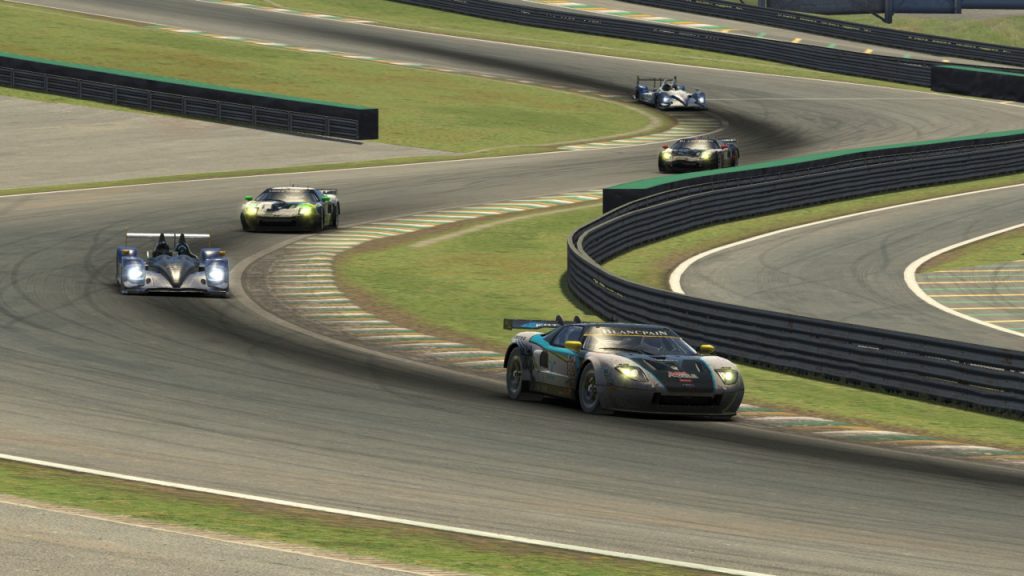
The next fall, we had a choice to make. We could return to NEO and drive a GT1 or GT3 car — if we even qualified for the season — or we could take a step down the endurance ladder in an effort to reset our competitive focus and return to a car we enjoyed.
So we entered into NEO’s feeder championship — the Gathering of Tweakers Endurance Series, or GES — in the Ruf C-Spec. It was one of the first cars we ever raced together, and a personal favorite of our’s among the iRacing stable.
Entering the season, we hoped to be competitive, but didn’t expect to be contenders for victories or the championship given the talented teams and drivers who would join us in the class. Our also-ran experience in the Ford didn’t help our attitudes either, I’m sure.
In the first race at Road America, we were pleasantly surprised to find ourselves battling inside the top five all afternoon. Even amid some of the closest wheel-to-wheel endurance racing we’d ever experienced, we both felt right at home. It was a fast recovery from a season of struggles.
In the final hour, Karl had settled into a solid second place, eight seconds behind the leader and nine seconds ahead of third place. We were on track for a strong start to the season.
Then disaster struck.
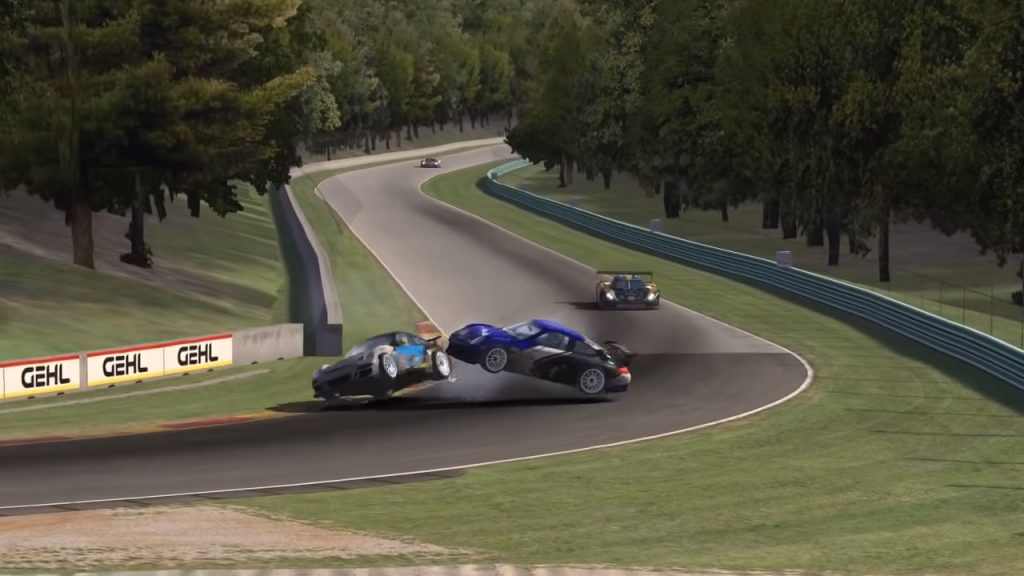
The last-place C-Spec team spun in Canada Corner just ahead of Karl, and he had nowhere to go to avoid it. Our pristine car was suddenly a prune, dented and undriveable. From the front of the field to the back with one wrong turn of the wheel — and not even our own.
Was it time to hit the reset button again?
What followed was the second-best drive of my sim racing career.
2. GES at Imola – November 12, 2016
The Road America race proved to be a double-edged sword. It showed we had the speed and skill to contend for good finishes and potentially the championship — or at least a top-three overall finish and an entry into NEO’s season-ending 24 Hours of Le Mans — but all that newly gained hope was ripped away in a split second.
Despite our increasing desperation, there was no need for a drastic change. Instead of adjusting our approach, Karl and I decided to stick with what worked for us at Road America.
We put in several weeks of practice, and while we never had our setup completely dialed in — we both felt it was a bit unstable in a few corners — we were comfortable, and more importantly in this competitive season, we were both quick.
While most C-Spec teams in GES had at least one slower driver in their lineups, Karl and I had a very similar pace. Unlike in some of our other endurances races together, such as the GT Endurance Series qualifiers in the McLaren where I felt like a true backup driver in most races, I never felt like a liability when driving the C-Spec.
The night before the race, Karl accurately assessed our situation: I think that we’re somewhere around where we were at Road America; not outright quickest, but only a few tenths off the quickest guys and quicker than most second drivers.
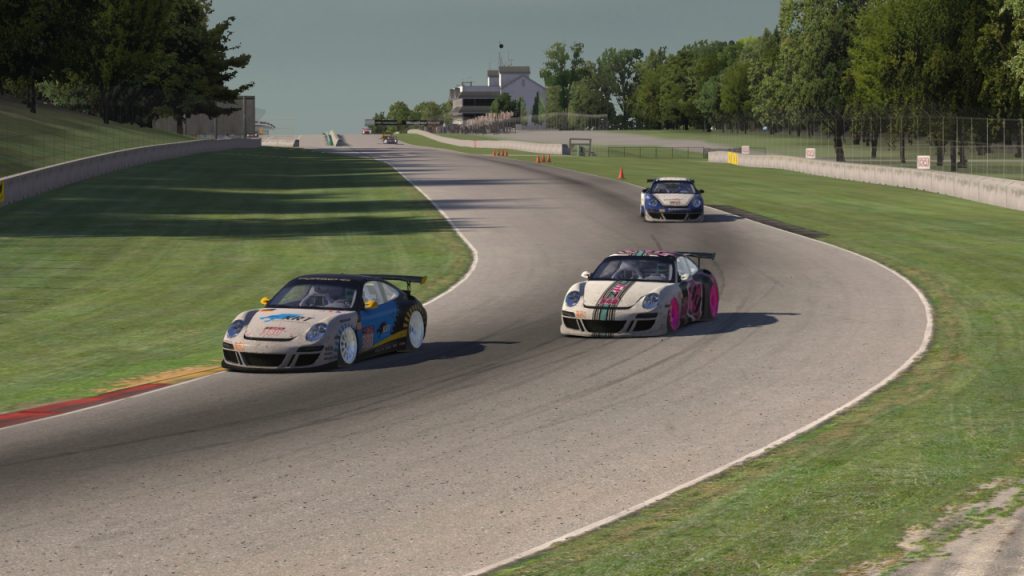
True to that form, we picked up right where we left off in the previous race. Karl qualified in second and was part of an equally competitive lead battle from the drop of the green flag.
The three-way fight often looked more like the final laps of a sprint race than the opening laps of a three-hour endurance event. We clearly had the speed to contend for the win, but with such closely matched competition, it would take something special to give ourselves an advantage.
After a single stint to open the race, Karl handed the car over to me, and I picked up where he left off. The racing was still close, although that’s not to say my driving — or anyone’s — was perfect.
All of us occasionally pushed a bit too hard and drove off track, especially through the Acque Minerale section, which has a high-speed right-hand entry that overlaps with a short braking zone. In the C-Spec, it was a difficult combination to get right, especially in the heat of a battle.
As my first stint continued, the leader — also the fastest driver for the eventual series champions — slowly began to pull away while I was stuck in a back-and-forth fight for second but unable to secure the position. As Karl recalled recently, I was “quite frustrated” with them, and “they had a slightly quicker car in a straight line so we were really quite stuck.”
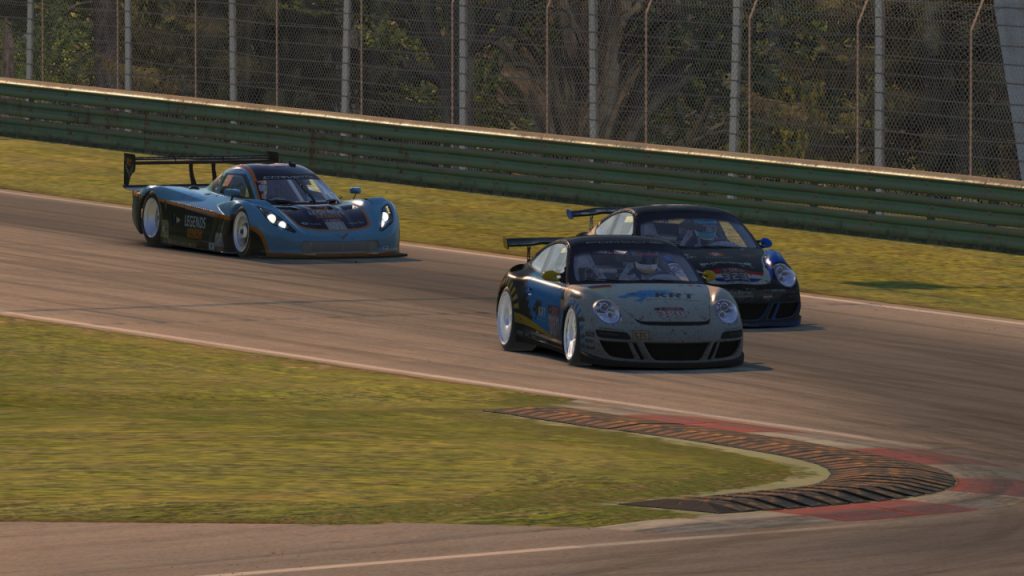
At that point, we began to consider our strategy, which was far from settled entering the race. We only knew that every team would need to make three full fuel runs and take a splash for a short stint at some point.
Sticking with our Road America approach, we had planned on alternating single-stints to start and having whoever felt better driving the final full stint and taking the splash for a run to the finish.
But maybe we could try something different. All throughout practice, I had been comfortable and quick on old tires. Plus, if we took our short stint earlier, we could fill the car up and put Karl in for the finish, ideally with clear track ahead of him.
So after a lap of back-and-forth battling for second place, Karl called me into the pits and set me free for ten laps on worn tires and low fuel. It was the right call, as I channeled my frustration into focus and ran my fastest lap of the race on 33-lap-old tires.
It was also an unorthodox move that seemed to confuse the broadcast commentators, who had watched us fall from the lead (after our opponents had made their last full-fuel stop but before we’d taken our’s) to the back of the top five.
It’s a bit of a funny one, this one, because they have kept on leading at spells in this race, but now they’re 39, 40 seconds behind the GTC leaders.
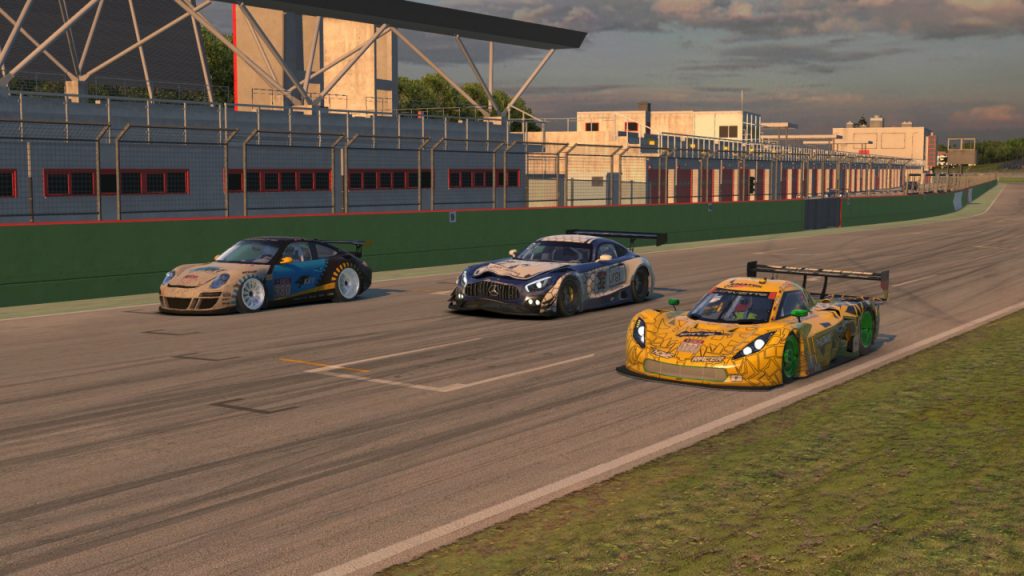
They chalked up our late-race struggles to Karl’s discomfort behind the wheel — a laughable assumption given the quick lap times he was turning. In fact, he was consistently a half-second to a second per lap quicker than our two erstwhile competitors, who both had their second drivers in by that point.
Once they made their final stops for a splash of fuel, we found ourselves with a 15-second lead and a suddenly stress-free run to the finish.
“I had actually not expected it to work quite as well,” Karl remembers about our strategy.
Neither did the commentators, who suddenly pieced together how our race had roller-coastered about.
You remember that we were talking about KRT perhaps having a bad day after what was a good start of the race? Well, it seems like they just had a short fill during their second stop, and that’s why they were so far behind.
Now that all the pit stops have been playing out, guess who’s in the lead? KRT Motorsport.
It shows, what do we know?!
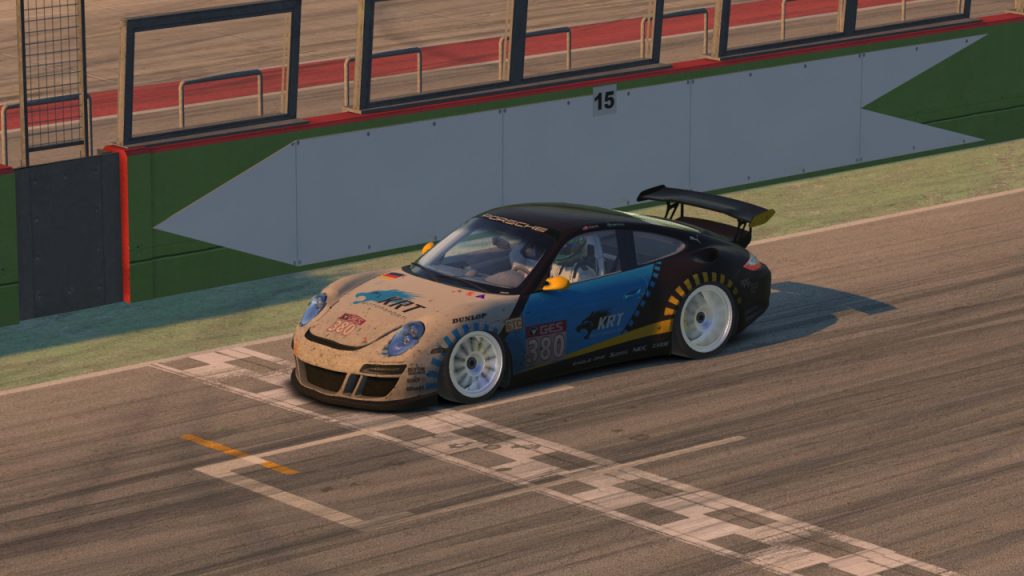
Looking back, we’re perhaps the proudest that we even fooled our competitors, finding an edge in an otherwise incredibly close race and start to the season.
One of them was downright dumbfounded in his post-race interview.
At the end, honestly, we did not expect to come second, but KRT managed to somehow out-strategy us there, so we’ve got to hand it to them.
I couldn’t help but hand it to myself, either. It was a special drive for several reasons.
I had speed, and while not quite up to Karl’s pace, I was the fifth-fastest C-Spec driver based best 10-lap average lap times.
I pushed hard in the heat of a battle and handled the pressure without losing my cool or losing control of the car.
And I didn’t just adjust to our strategy, which wasn’t set until mid-race. I thrived in that situation, running quick laps when I needed to on tires that weren’t at their finest to put us in a position to win.
While Karl put in the bulk of our work, and our fastest laps, in the race, he was also quick to acknowledge my contribution.
“The fact that you didn’t make any big mistakes, especially considering how critical your laps on older tires were for the strategy to work out, deserves more credit I think,” he said.
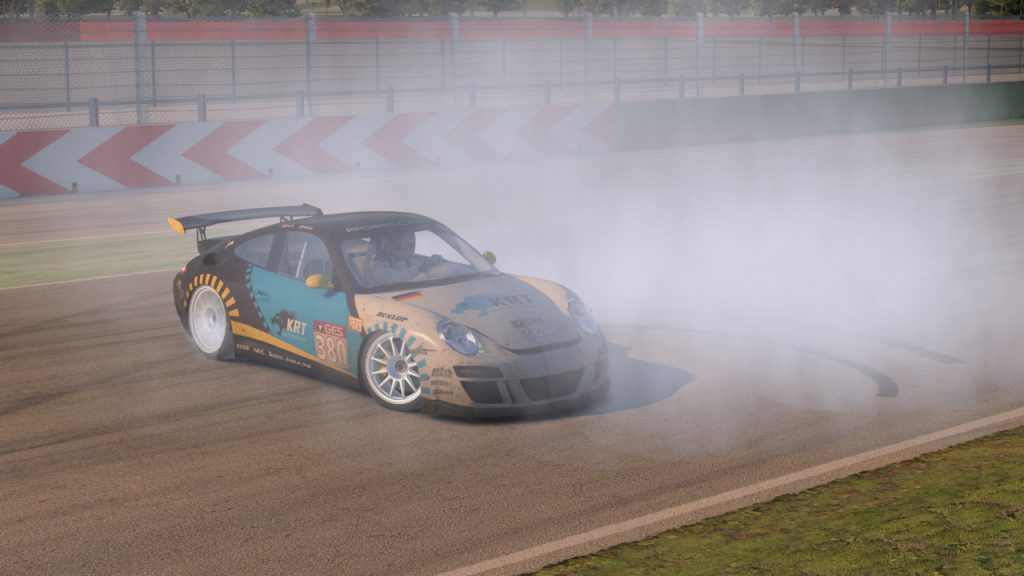
For the two of us, it was also a collective triumph in our long-time tenure as teammates. While we’d won some races together, including the 24 Hours of the Nürburgring in a demanding two-man drive, it was our first — and, to date, only — endurance league victory.
That result also opened a new door for us. Shortly after the race, I got a message from my current team, SRN Motorsports, asking about Karl and my status and interest in joining with them.
I had raced against those guys for years and had tons of respect for them. Combined with Karl’s uncertain availability for a few other races in the GES season, it was an easy decision to make the move.
From there, the rest is history. Our team finished second in the final GES standings, qualified for the Le Mans finale and came away with a top-ten there, and we’ve returned to NEO together in each of the past two seasons.
Looking back, that Imola race wasn’t just a turnaround for our season. It restored our confidence as drivers. It was a meaningful, memorable victory in our career as teammates. And it changed the trajectory of our sim racing careers.
That was a lot of power from a single button.